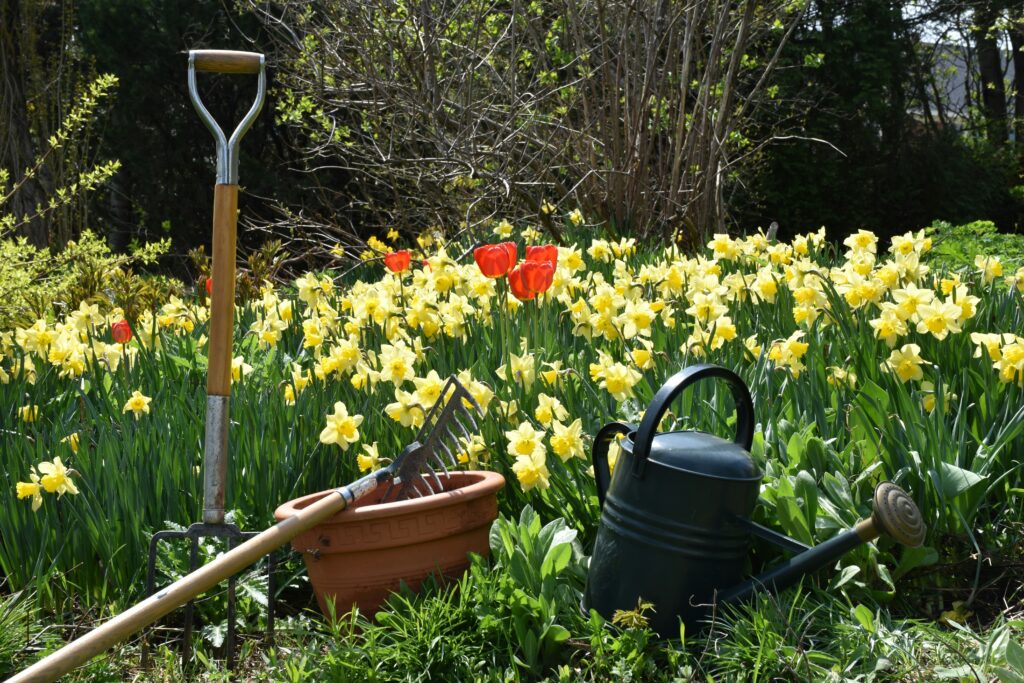Home » How To Prepare Your Garden in Winter!

Western Australia’s winters are typically mild and wet, especially in the southern regions, making it an excellent time to prepare your garden for spring. While many plants are dormant, winter provides the perfect opportunity for planning, soil improvement, pruning, and planting cool-season crops. Here’s a guide to get your garden in shape during the cooler months.
Assess and Plan
Before diving into winter
gardening tasks, take the time to thoughtfully evaluate how your garden has
performed over the past seasons. This reflection stage is often overlooked, but
it’s a crucial step that helps you make informed decisions, avoid repeating
past mistakes, and plan for a more productive and beautiful garden in the
coming months.
·
Which plants thrived through summer and autumn?
·
Which struggled—due to pests, disease, or
perhaps poor soil or too much sun/shade?
·
Are there signs of nutrient deficiency, such as
yellowing leaves, stunted growth, or poor flowering?
·
Are garden beds accessible for maintenance and
harvesting?
·
Do you have a clear flow from one area to
another?
·
Are paths, retaining walls, or edges breaking
down or in need of repair?
Tidy Up and Weed
Clear away fallen leaves, dead
branches, and spent annuals. Although it might seem like less is happening in
the garden, weeds still grow in winter and compete for nutrients.
Removing them now saves more work in spring.
Improve the Soil
In Western Australia, many soils
are sandy and low in organic matter. Now is the time to:
·
Incorporate compost: Well-rotted compost
enriches the soil with nutrients and improves structure.
·
Add clay or loam to sandy soils to
increase water retention and nutrient holding capacity.
·
Use mulch: A layer of mulch (around 5–7
cm thick) conserves moisture, prevents erosion, and keeps the soil warmer.
Protect Sensitive Plants
While frost is rare in most of
Western Australia, inland and southern areas (like the Perth Hills or Albany)
may experience cold snaps. Protect delicate plants by:
The mild, wet
climate—particularly in the south-west—offers a perfect opportunity to rest,
reset, and prepare your garden for the flourishing seasons ahead. From
nourishing the soil to planting crops that thrive in the cooler air, what you
do in winter lays the groundwork for a vibrant, resilient, and productive
garden in spring.
So rug up, grab your gloves, and
embrace the season—your future garden will thank you.
© 2024 Whitby Town | Privacy Policy | Disclaimer | Website by Clout